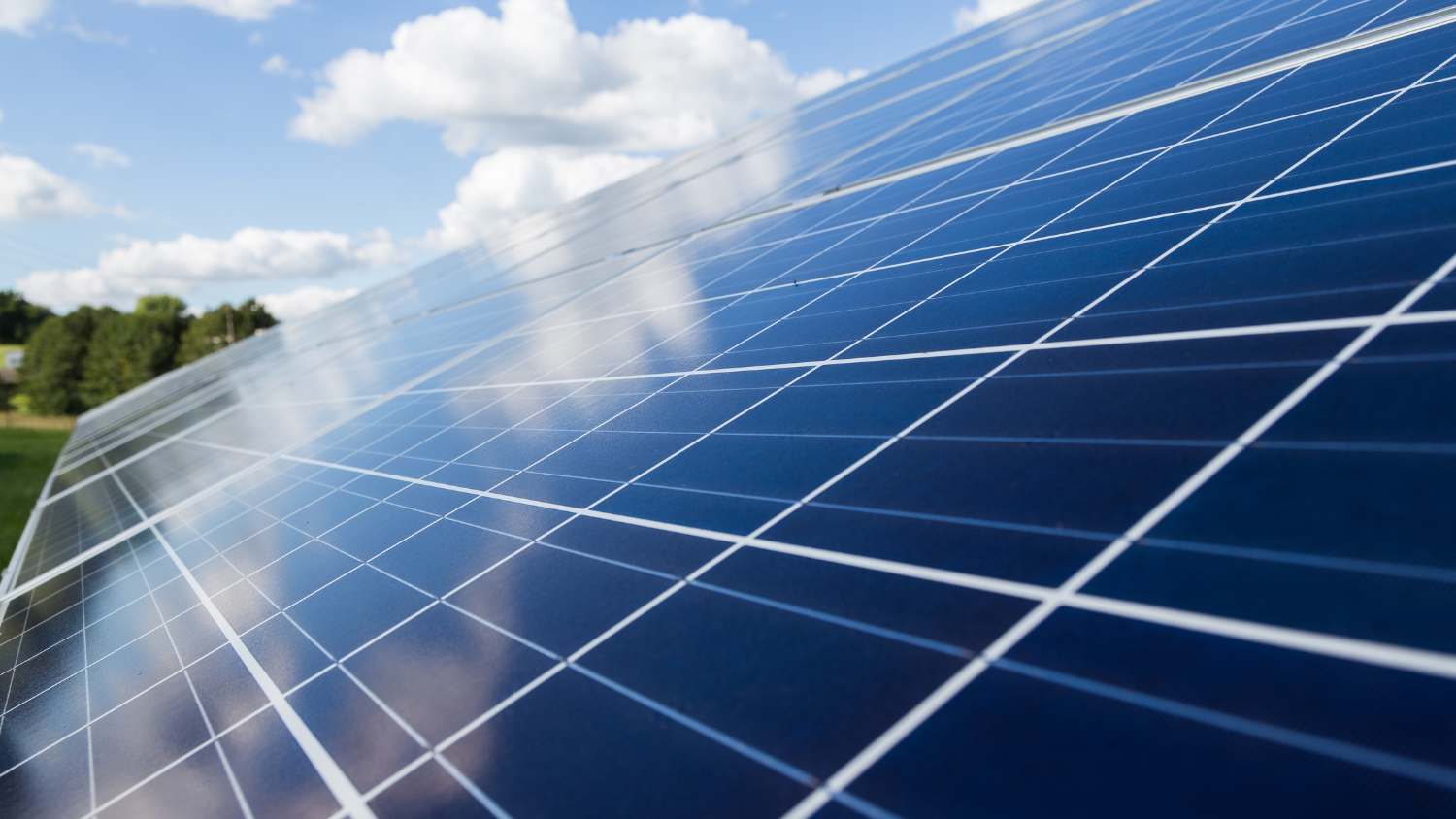Harnessing the Sun: Silver’s Critical Role in Solar Energy
_1.png?width=50)
As the world races towards renewable energy solutions, silver has emerged as a key enabler of solar technology. Known for its exceptional electrical conductivity, silver plays a crucial role in the efficiency of photovoltaic (PV) cells.
2024 marked a record-breaking year for solar energy. Global solar capacity expanded at an unprecedented pace, driven by affordable panel prices and a widespread shift toward cleaner energy solutions. Major markets like China, India, and Germany led the charge, while new adopters, including Saudi Arabia and Pakistan, entered the spotlight. Notably, China exceeded its wind and solar capacity targets nearly six years ahead of schedule.
In the UK, solar milestones included a £1.5 million solar installation atop the British Library and a 438-panel array on a historic Cambridge chapel, commissioned by the Church of England. These developments coincided with Britain becoming the first G7 nation to eliminate coal-fired power from its electricity grid.
Amid this solar surge, silver’s importance has never been greater. Known for its exceptional electrical conductivity, silver remains a cornerstone of photovoltaic (PV) technology, enabling the efficiency gains that have propelled solar energy to new heights.
Yet, as demand for solar panels accelerates globally, the strain on silver supply is becoming a critical challenge.
Silver’s Role in Solar Panels
In modern solar cells, silver is primarily used as a conductive paste to form electrodes on the front and back of silicon wafers.
These electrodes capture and transport electricity, ensuring maximum efficiency. Emerging technologies, such as tunnel oxide passivated contact (TOPCon) and heterojunction (HJT) cells, are pushing efficiency further but require higher amounts of silver per watt of power produced compared to traditional passivated emitter and rear contact (PERC) cells.
For instance:
- PERC cells: ~10 mg of silver per watt
- TOPCon cells: ~13 mg of silver per watt
- HJT cells: ~22 mg of silver per watt
This upward trend in silver use, coupled with increasing global installations, is driving silver consumption in solar applications to record levels.
Global Demand and Supply Challenges
Silver consumption for solar technology is expected to constitute 14% of global silver demand in 2025, a significant rise from just 5% in 2014, according to The Silver Institute. China leads this growth, with solar installations exceeding total U.S. capacity in a single year.
However, the industry faces a supply bottleneck:
Silver production rose by just 2% in 2024, while demand grew by 4%.
80% of silver production comes as a by-product of mining lead, zinc, copper, and gold, making rapid output increases difficult.
A study from the University of New South Wales predicts that by 2050, solar technology could consume between 85–98% of global silver reserves, underscoring the urgent need for innovation. The UNSW group’s latest paper, “The silver learning curve for photovoltaics and projected silver demand for net-zero emissions by 2050,” was recently published in Progress in Photovoltaics. It examines the impact of different PV technology pathways on silver demand. “The results show that the current rate of reduction in silver consumption is not sufficient to avoid increasing silver demand from the PV industry and that the transition to high-efficiency technologies including TOPCon and SHJ could greatly increase silver demand, posing price and supply risks,” the researchers said.
There are of course, ongoing research innovations, driving silver efficiency, including;
Reducing Silver Usage
Manufacturers are working to optimise silver use without compromising efficiency. Advanced metallisation techniques and nano-structured designs are enabling thinner and more precise silver layers, reducing overall material consumption.
Alternative Materials
Efforts to substitute silver with more abundant materials like copper are advancing. For instance, Chinese solar giant Longi Green Energy is testing electroplated copper as a cost-effective alternative. While these technologies are promising, they are not yet ready for mass production due to challenges in conductivity and durability.
Recycling and Sustainability
Recycling end-of-life solar panels offers a sustainable path to recover silver. Emerging processes, such as hydrometallurgical recovery, can extract over 90% of the silver content efficiently, reducing the need for new mining operations.
The Future of Solar Technology
Silver’s unparalleled properties ensure its continued role in pushing the boundaries of solar efficiency. However, balancing innovation with sustainability will define the next phase of growth. With research into silver alternatives and efficient recovery methods gaining momentum, the industry is taking steps to secure a brighter and more sustainable future.
At Advent Research Materials, we are proud to support the scientific community with high-purity silver products tailored to meet the demands of cutting-edge solar research.
Explore our range of silver materials here.
